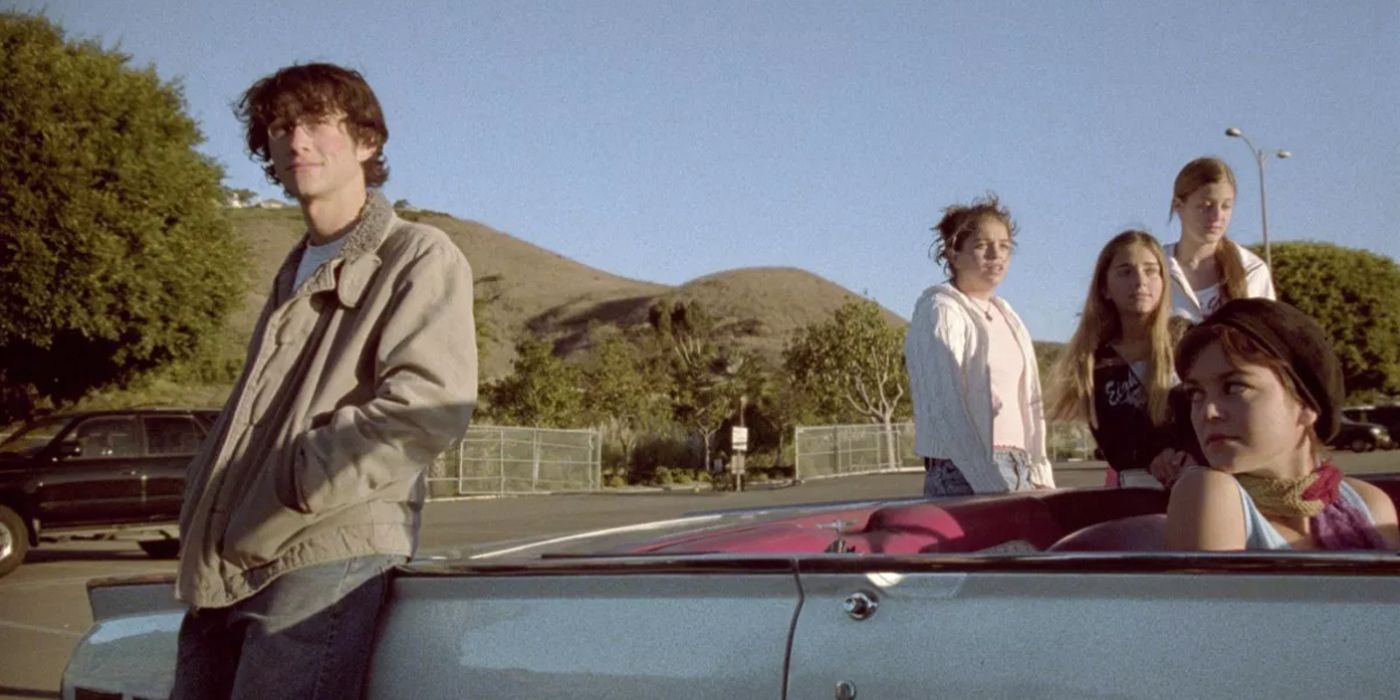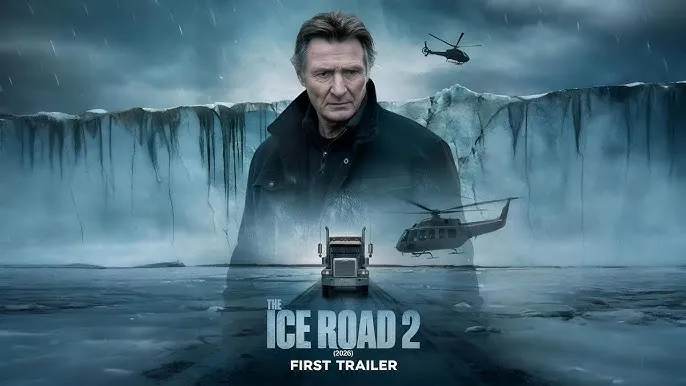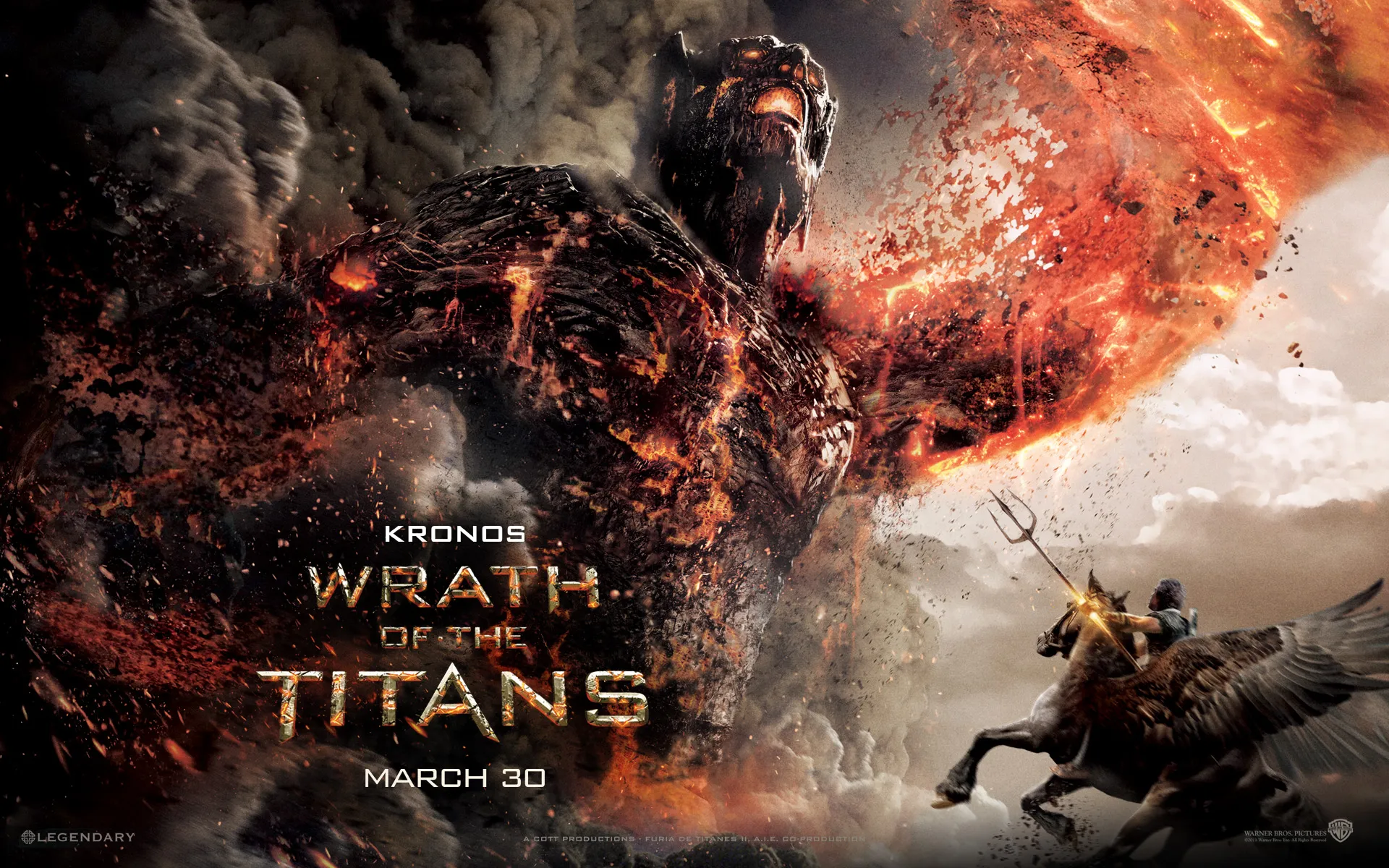“The line between teenage angst and deadly noir has never been so thin.”
Brick (2005) is one of the most striking indie films of the 2000s, a genre-bending neo-noir that transplants hard-boiled detective tropes into the hallways and parking lots of a modern American high school. Directed by Rian Johnson in his feature debut, the film is both homage and reinvention, delivering rapid-fire noir dialogue and moody atmosphere while exploring teenage alienation and violence.
At the center of the story is Brendan Frye (Joseph Gordon-Levitt), a sharp but emotionally distant teenager who discovers his ex-girlfriend Emily (Emilie de Ravin) has vanished—and then winds up dead under mysterious circumstances. Consumed by grief and curiosity, Brendan plunges into the school’s underworld of drug dealers, thugs, and secret alliances, determined to uncover who killed Emily and why.

What makes Brick extraordinary is how fully it commits to the noir aesthetic. Brendan is the quintessential detective: trench coat, bruised face, cryptic slang. Yet he’s also a teenager skipping class and dodging the assistant vice principal. The film plays it utterly straight, refusing to wink at the audience, which paradoxically makes its surreal collision of genres even more engaging.
Rian Johnson’s crisp direction and sharp script transform ordinary suburban settings—locker rooms, cafeteria tables, tunnels beneath the football field—into shadowy noir landscapes. The cinematography by Steve Yedlin uses stark light and deep shadows to evoke the tension and moral ambiguity of classic 1940s crime films, while the minimalist score adds to the film’s uneasy atmosphere.

Joseph Gordon-Levitt delivers a riveting performance, carrying the film with weary eyes and a wiry intensity that belies his youthful appearance. He makes Brendan’s pain and stubborn pursuit of truth feel real and urgent, anchoring the film’s stylized world in raw emotion.
Nearly two decades later, Brick (2005) remains a cult classic, beloved for its originality, wit, and Rian Johnson’s audacious vision. It proves that high school isn’t just teenage drama—it can also be a labyrinth of secrets, lies, and shadows worthy of the best noir.

-1749175438-q80.webp)

